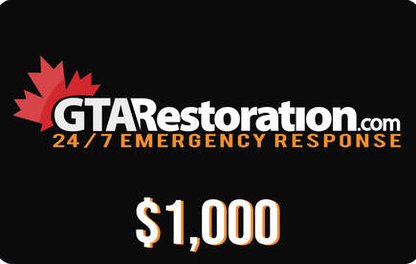- Emergency Response 24-7
- 647-692-3155
- Service Toronto
-
Restorations
- Disaster Restoration
- Disaster Reconstruction
- Carpet Restoration
- Art Restoration
- Catastrophe Cleanup
- Wind, Tornado and Hurricane Damage
- Hail Damage
- Environmental Cleanup
- Soft Content Restoration
- Document Recovery
- Content Handling, Cleaning & Storage
- Waterproofing
- Foundation Repair
- Crawl Space Repair
- Crack Repairs
- About Us
- Free Advice
- Special Offers
- GTA Restoration
- Toronto
- Asbestos Removal Services Oakville
- Soot Cleanup Oakville
- Sewage Backup Scarborough
- Blog
- Water Damage Restoration East York
- Water Damage Restoration
- Black Mold Remediation Mississauga
- Mould Inspection Mississauga
- Thank you
|
|
|
|
|
|
|
Check your card balance!
|
|
|
Copyright © 2009 - 2022 GTARestoration.net All Rights Reserved. For more Info, visit: "GTA Restoration"
Designed by GTARestoration.com.
Designed by GTARestoration.com.

 RSS Feed
RSS Feed








